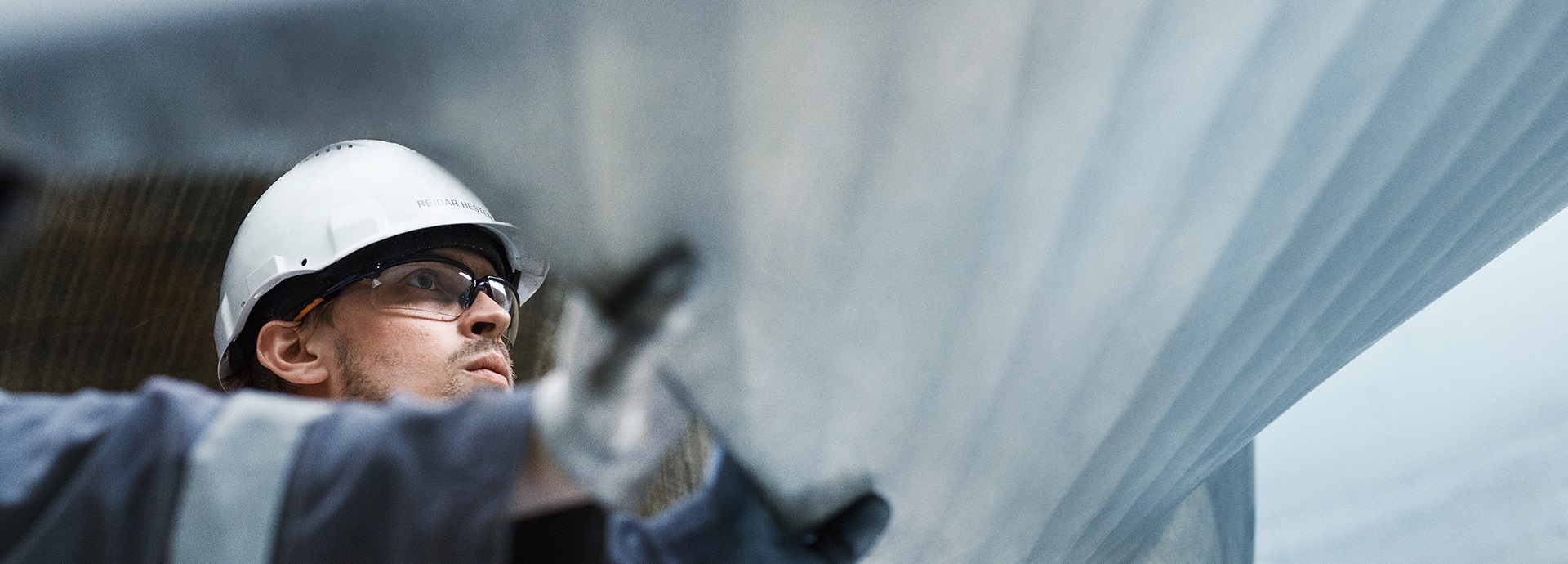

Which propulsion energy saving technologies will bring the best benefits?
Propulsion energy saving technologies (ESTs) promise it all in one win-win-win package – lower fuel costs, improved efficiency, and regulatory compliance. But how can you work out which ESTs will have the biggest impact on your bottom line with the shortest payback time?
The shipping industry is facing both increasingly strict environmental legislation and rising operating costs. To tackle these challenges, efficiency solutions are needed that have both an environmental and an economic impact. But with so many different solutions on offer, how can you choose which will benefit your vessel the most?
Webinar: Explore propulsion ESTs with the experts
Get the inside scoop on which propulsion ESTs might be right for your vessel direct from the experts. In this webinar, representatives from Wärtsilä and the American Bureau of Shipping (ABS) discuss:
- IMO categorisation of ESTs
- Classification requirements for ESTs
- Wärtsilä propulsion ESTs
Watch now to find out more or read on below.
The right elements for propulsion energy saving
Emissions requirements were brought in for newbuild vessels in 2013, and since the beginning of 2023 requirements have been applicable to existing vessels too. Let’s look at six potential solutions available right now that will help you reduce vessel emissions and comply with regulations – with the added benefits of reducing fuel costs and improving your bottom line.
An Air Lubrication System (ALS) can cut emissions by up to 10%. It does this by creating a carpet of microbubbles on the flat bottom of your vessel’s hull to reduce frictional resistance. Payback time is usually in the region of two to five years depending on vessel type, size and operational profile.
Rotor sails provide a 5–30% reduction in harmful emissions including CO2, SOx and NOx by harnessing the wind to provide additional propulsive power. Rotor sails can be redeployed between vessels, securing payback on investment.
EnergoProfin is an energy saving cap propeller cap that can provide average fuel savings of 2%, with a payback time of less than one year.
GATE Rudder™ by Wärtsilä reduces fuel consumption by 5% or more by replacing the drag of a traditional rudder system with a thrust-generating arrangement. Payback time varies according to the vessel operating profile.
EnergoFlow is an innovative pre-swirl stator that creates optimal inflow for the propeller, reducing fuel consumption and emissions. It has a typical payback time of one to two years.
EnergoPac can deliver power savings of up to 9%. This solution reduces fuel consumption and CO2 emissions by reducing the flow separation behind the propeller hub. Because EnergoPac is always designed to meet your specific operational requirements, cost savings and payback times vary.
Hand-picked content: Need to reduce emissions or save on fuel costs? Why not do both? Find out more about Wärtsilä's energy saving technologies and how they can help you achieve your efficiency goals.
Propulsion energy efficiency – more than the sum of its parts
Increasing propulsion energy efficiency is central to reducing emissions, but the key to optimising energy efficiency isn’t found in individual products. Instead it requires the right combination of ESTs and other energy-efficiency solutions, which can take expertise to find. All sources of inefficiency need to be addressed, both those that stem from the propulsion system and those that come from the vessel itself. These inefficiencies can be identified using advanced computational fluid dynamics (CFD), analysing how the water flow before and after the propeller affects propulsion performance.
Hand-picked content: If you feel a picture paints a thousand words, this is the article for you. These thirteen amazing pictures show how computational fluid dynamics helps optimise vessel propulsion and maximise efficiency.
Shipowners looking for efficiency gains should consult a supplier who can offer a wide portfolio of solutions and combine them together into one optimal package. Integrating ship design, propeller design and ESTs in this way means there is just one party to deal with and a guarantee that the chosen technologies will work together optimally for the best possible results. ESTs offer some easy wins for propulsive efficiency and, with fast returns on investments, there are significant savings to be made. Whatever your vessel or operating profile, Wärtsilä can help you identify the right combination of ESTs to maximise your savings and help you meet the challenges of decarbonisation.
Read more about energy saving technologies in our white paper on ensuring a good CII rating and staying competitive.





